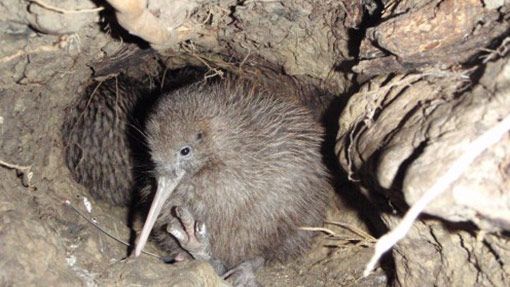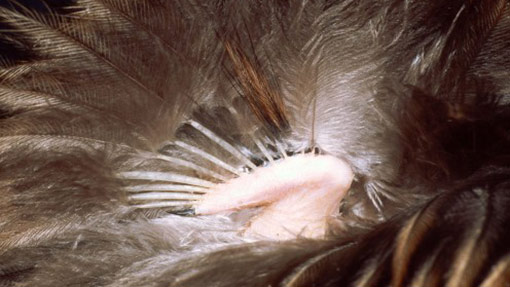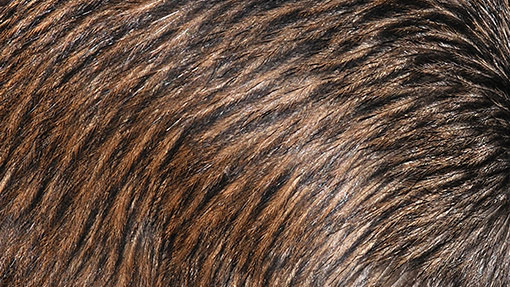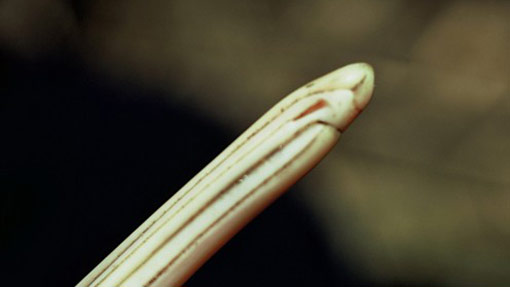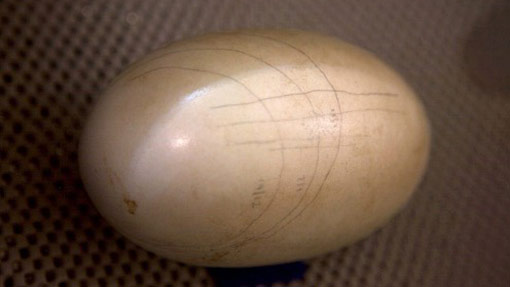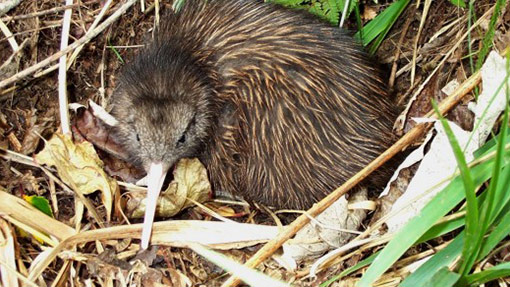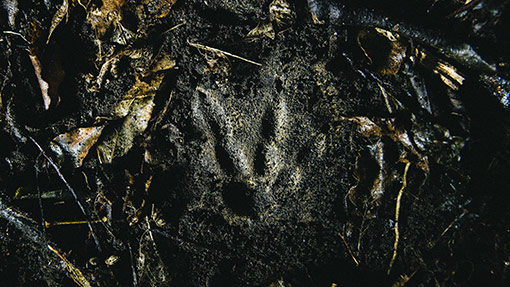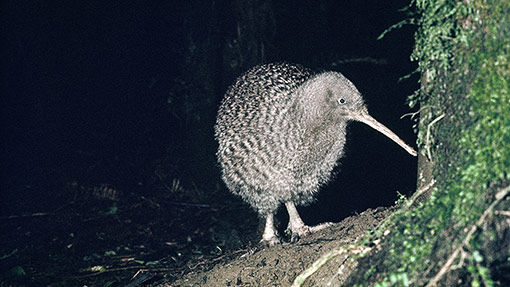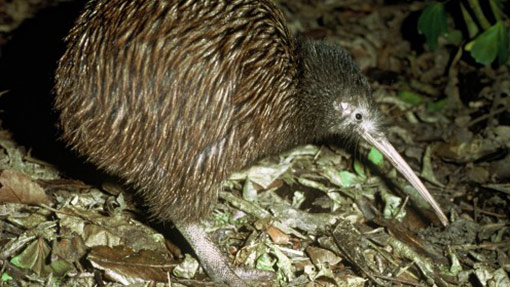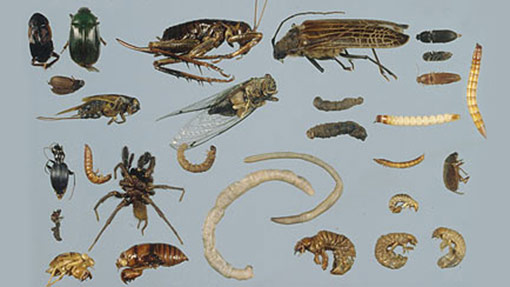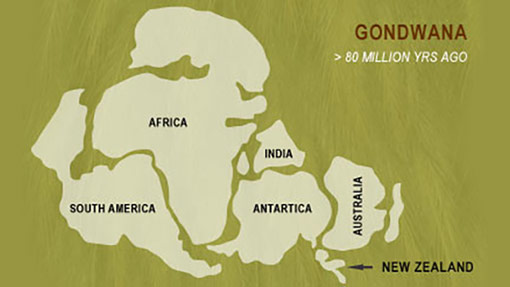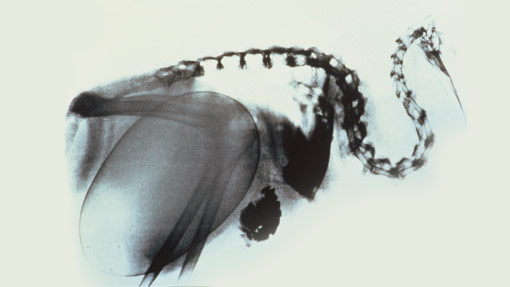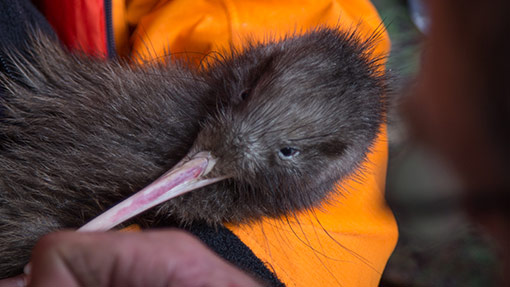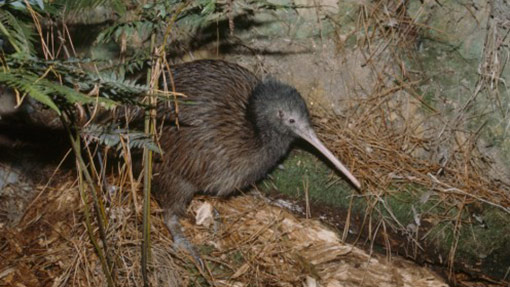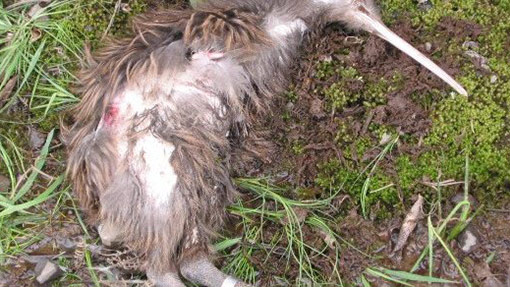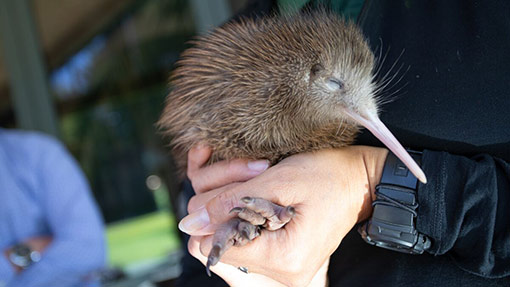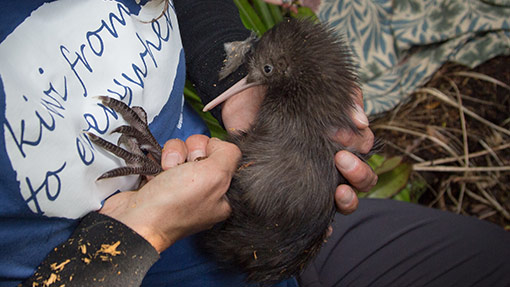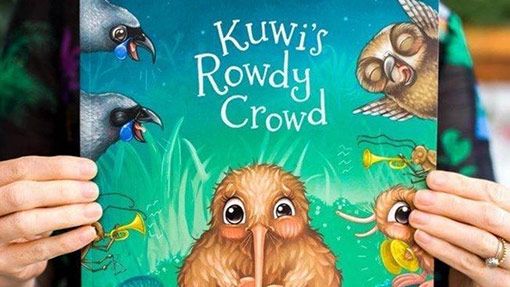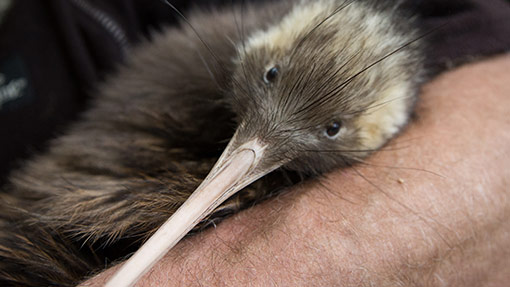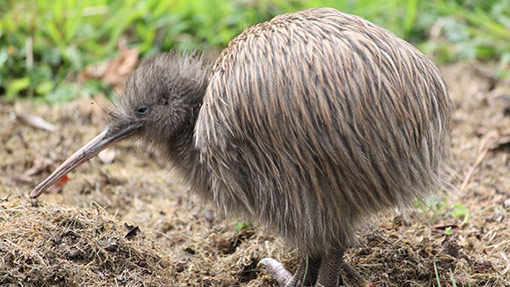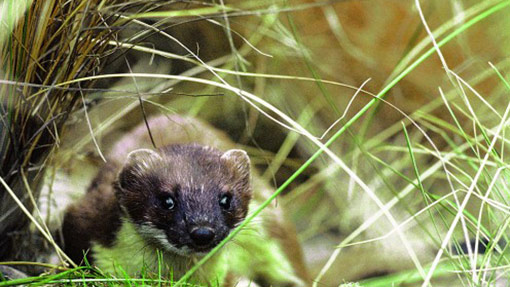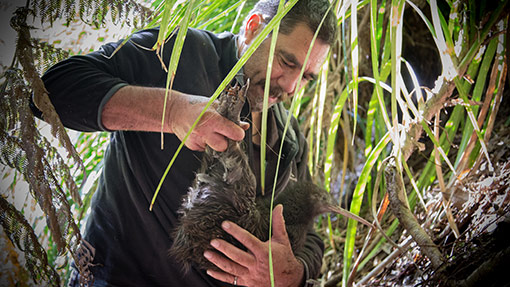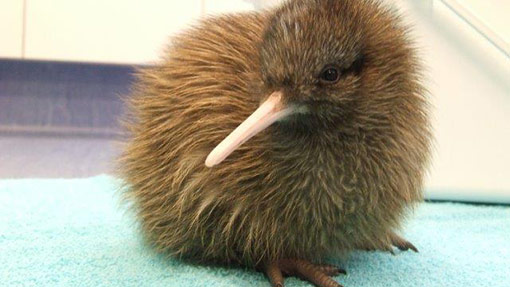Kiwi are part of a diverse group of largely flightless birds known as ratites.
Ratites include some of the world’s largest birds like ostriches, emu, and the now extinct New Zealand moa, as well as cassowaries, rheas, and tinamous. Kiwi are among the smallest of the ratites.
Nearly all living ratites are found in the southern hemisphere.
Unlike most other ratites, kiwi have four toes instead of two or three, and their large, dinosauric feet mean they can walk almost silently, their tread muffled by fleshy footpads.
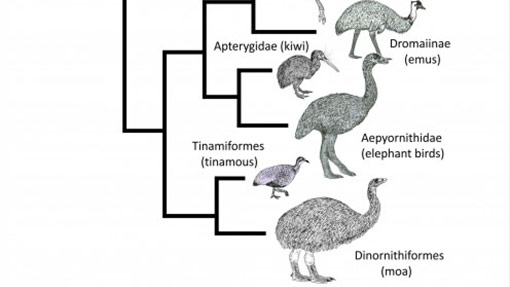
Flightless, with an ancient mouth
Nearly all ratites are flightless because their breastbone (sternum) is flat. This means there is no keel for strong flight muscles to attach to. The flat chest gave ratites their name; ‘ratis’ means ‘raft’ in Latin, a boat without a keel.
Flightlessness may well be the best known feature of most ratites, but the strongest evolutionary link between them is in their mouths. All ratites are ‘palaeognaths’, a word derived from the ancient Greek for ‘old jaws’. It refers to the shape of the palate bones in the roofs of their mouths, which are more primitive and reptilian than other birds.
How ratites evolved
There are two main schools of thought about whether ratites have never been able to fly, or whether they lost that ability at some stage during the evolutionary process.
Since the 1970s, continental drift has been the leading hypothesis. It was thought ratites’ original home was Gondwana, the ancient super-continent that once included South America, Africa and Madagascar, Antarctica, Australia, New Zealand and the Indian subcontinent. In this version of the ratite story, they shared a common flightless ancestor and evolved into different species after the continent split up and the birds dispersed on the separating landmasses.
Then, in the mid-2000s, after studying the DNA of both extinct and living ratites, some scientists proposed that ratites had ancestors that could indeed fly. Between 65 and 50 million years ago these birds flew around the world, with most species individually losing the ability to fly as it evolved to suit its new home. In this story, modern ratites are the products of parallel evolution; flightlessness evolved multiple times as different species in different areas followed the same evolutionary course.
How kiwi evolved
Scientists once believed that New Zealand’s moa and kiwi evolved from a common ancestor when New Zealand separated from Gondwana. They then believed that kiwi were an offshoot of the emu lineage.
However, after studying the DNA of Madagascar’s extinct giant elephant bird (Mullerornis agilis), scientists now believe it was the kiwi’s closest relative. Similarly, DNA studies show moa are older than kiwi in evolutionary terms. Their ancestor split from the ratite line well before the common ancestor of kiwi and emus did. DNA also shows the moa’s closest relative is the tinamou, a large group of small birds with weak powers of flight, that live in Central and South America.
With scientists continuing to interrogate DNA from both extinct and living ratites, the mystery about the evolution of kiwi is likely to have further twists and turns.
Part of the ratite whānau
Kiwi are part of a group of largely flightless birds known as ratites. Ostriches, emu, and the extinct moa are also part of this group.
Honorary mammals
The kiwi is sometimes referred to as an honorary mammal because of its un-birdlike habits and physical characteristics.
The hidden bird of Tāne
In Māori tradition, all living things on Earth originate from the union of Rangi-nui (the Sky Father) and Papatūānuku (the Earth Mother).
Flightless ... but has wings
The kiwi is one of New Zealand's many flightless birds. They didn't need to fly because there weren't any land mammal predators before man arrived to New Zealand 1000 years ago.
Feathers like hair
Because kiwi do not fly, their feathers have evolved into a unique texture to suit a ground-based lifestyle.
An unusual beak
The kiwi has an extremely unusual beak. Not only does it provide a keen sense of smell, it also has sensory pits at the tip which allow the kiwi to sense prey moving underground.
Enormous egg
In proportion to its body size, the female kiwi lays a bigger egg than almost any other bird. While a full term human baby is 5% of its mother's body weight, the kiwi egg takes up 20% of the mother's body.
Kiwi life cycle
Kiwi make their home in many different environments and have been described as 'breeding machines'. With the eradication of predators, the kiwi could be successful once again.
Kiwi signs
Being nocturnal, kiwi can be quite elusive but they do leave signs as to where they have been.
Bird of the night
Kiwi are nocturnal. Like many other New Zealand native animals, they are most active in the dark.
Kiwi calls
Kiwi call at night to mark their territory and stay in touch with their mate. The best time to listen for kiwi is on a moonless night, up to two hours after dark, and just before dawn.
What kiwi eat
Kiwi are omnivores. Their gizzards usually contain grit and small stones which help in the digestion process.
How kiwi came to Aotearoa
Just how did the kiwi journey to New Zealand? Three very different theories have been put forward to explain the mystery.
How kiwi evolved
It is thought that today’s kiwi evolved from one kiwi ancestor that lived about 50 million years ago: a proto-kiwi.
Kiwi myths
Kiwi experts are keen to dispel myths surrounding the kiwi - and there are quite a few!
Learn more about kiwi
Kiwi species
All kiwi are the same, right? Wrong. There are actually five different species of kiwi, all with their own unique features.
Threats to kiwi
The national kiwi population is under attack from many different threats, including predators, loss of habitat, and fragmentation of species.
Where to see kiwi
Many facilities around New Zealand are home to kiwi, plus there are places where, if you're lucky, you could see one in the wild too.
How you can help
Many hands make light work. Keen to join the mission to save the kiwi? Here are some ways you can help.
Protect kiwi
For kiwi to thrive, we all need to work together. Find out what you can do to help save the kiwi, wherever in Aotearoa you happen to be.
Fundraise
To continuing saving the kiwi, conservation groups need funding. Support the mission by making a donation, setting up a fundraising project, or engaging with other fundraising initiatives.
Shop for kiwi
Show your support for Save the Kiwi and some of our wonderful sponsors by purchasing products that will help us do more of what we do.
Donate
Make a quick donation, donate a day of annual leave or invest to save the kiwi.

